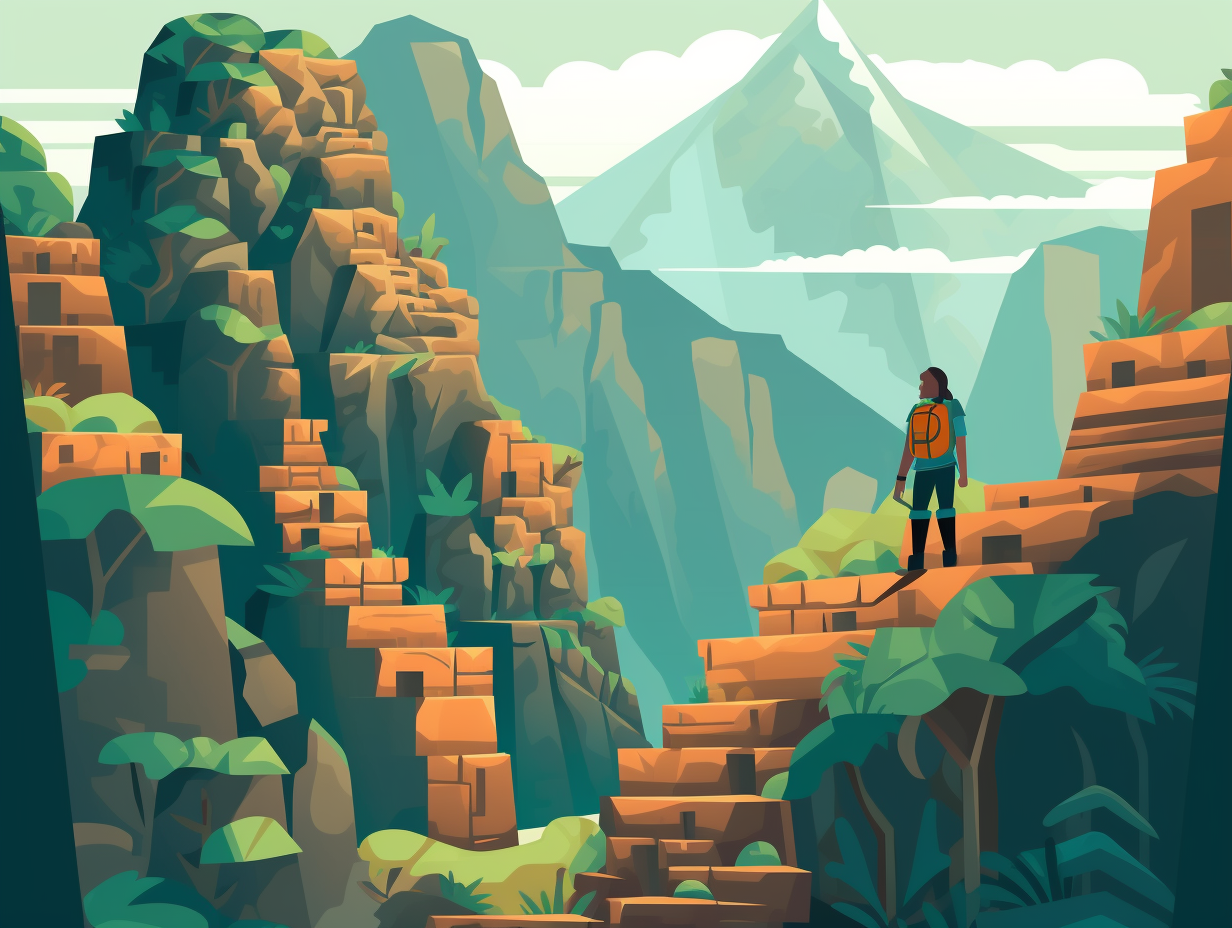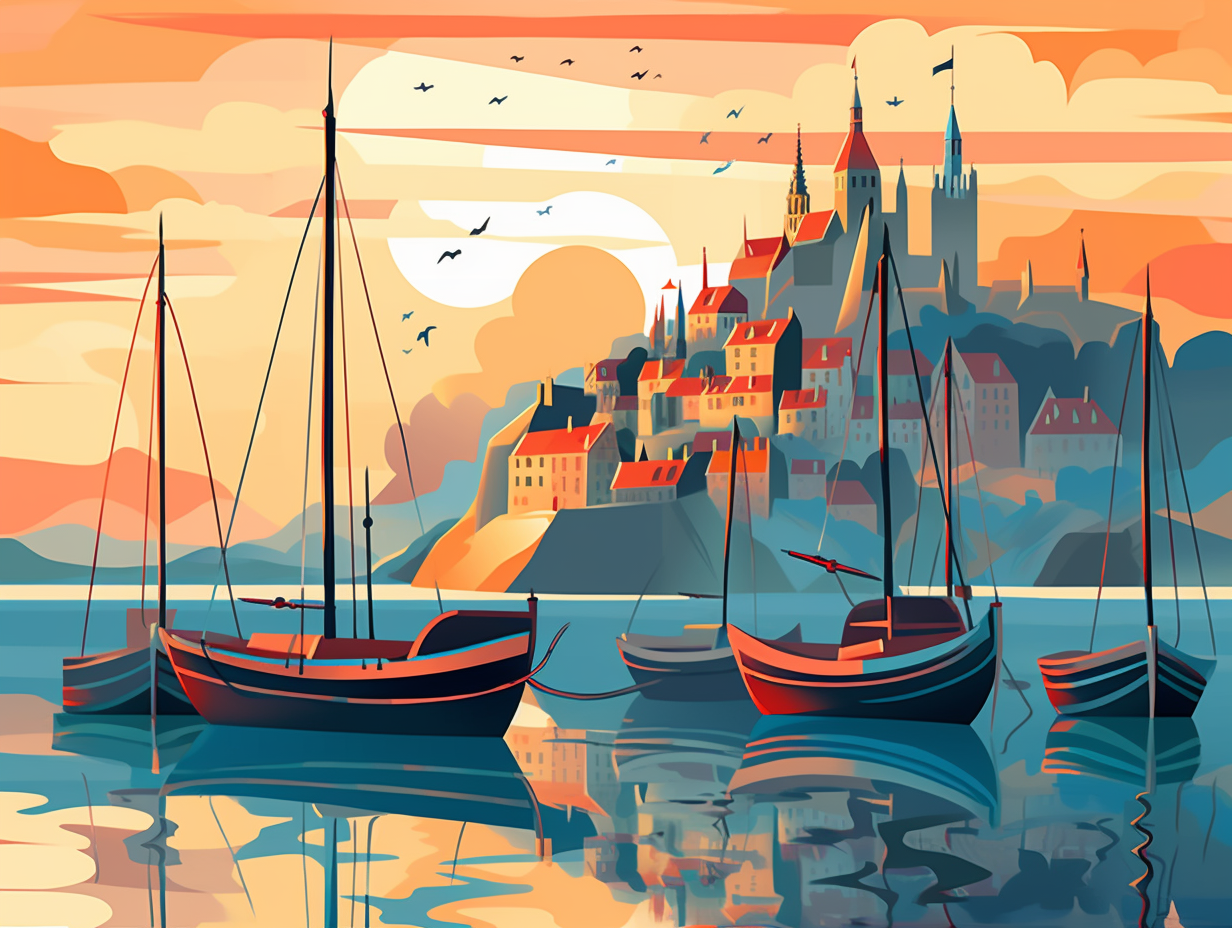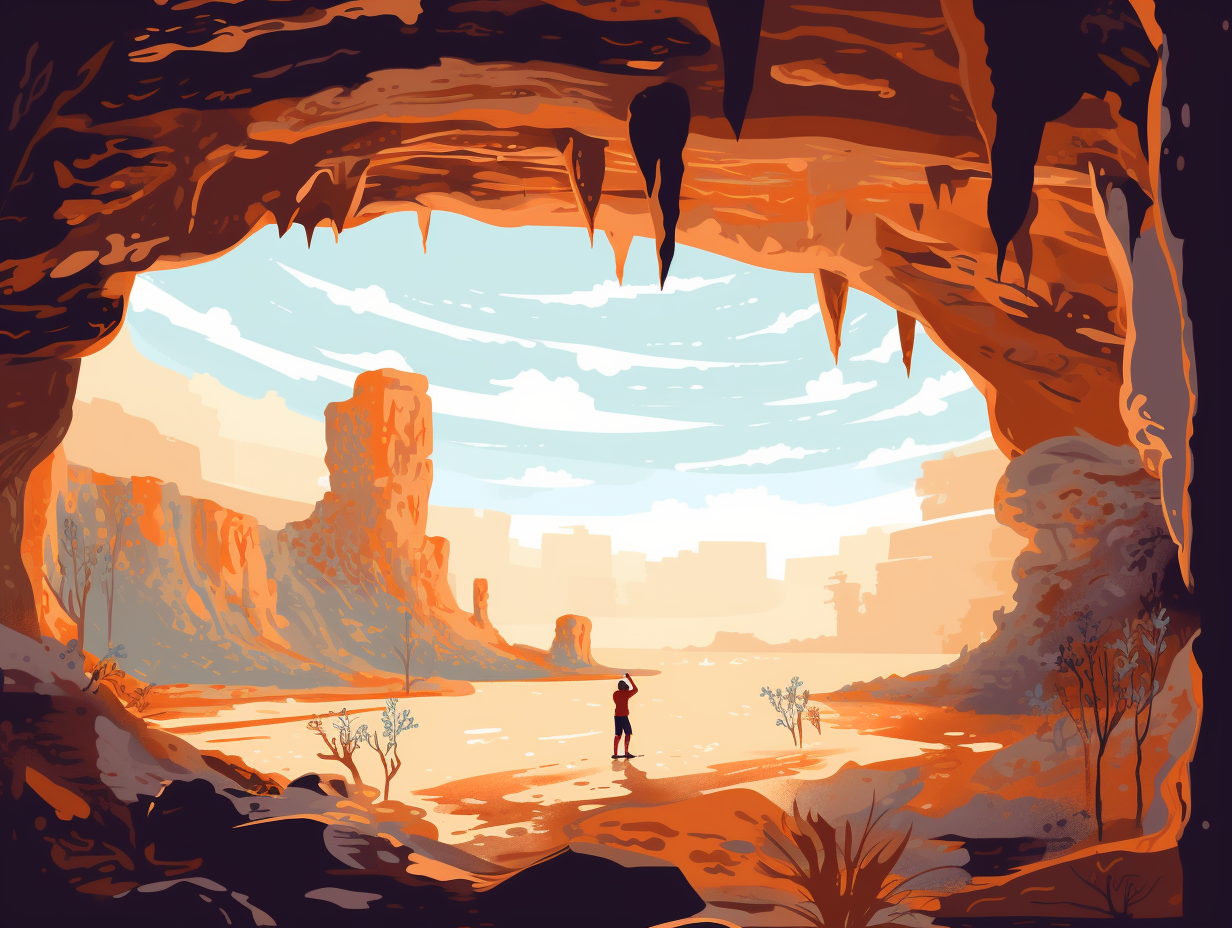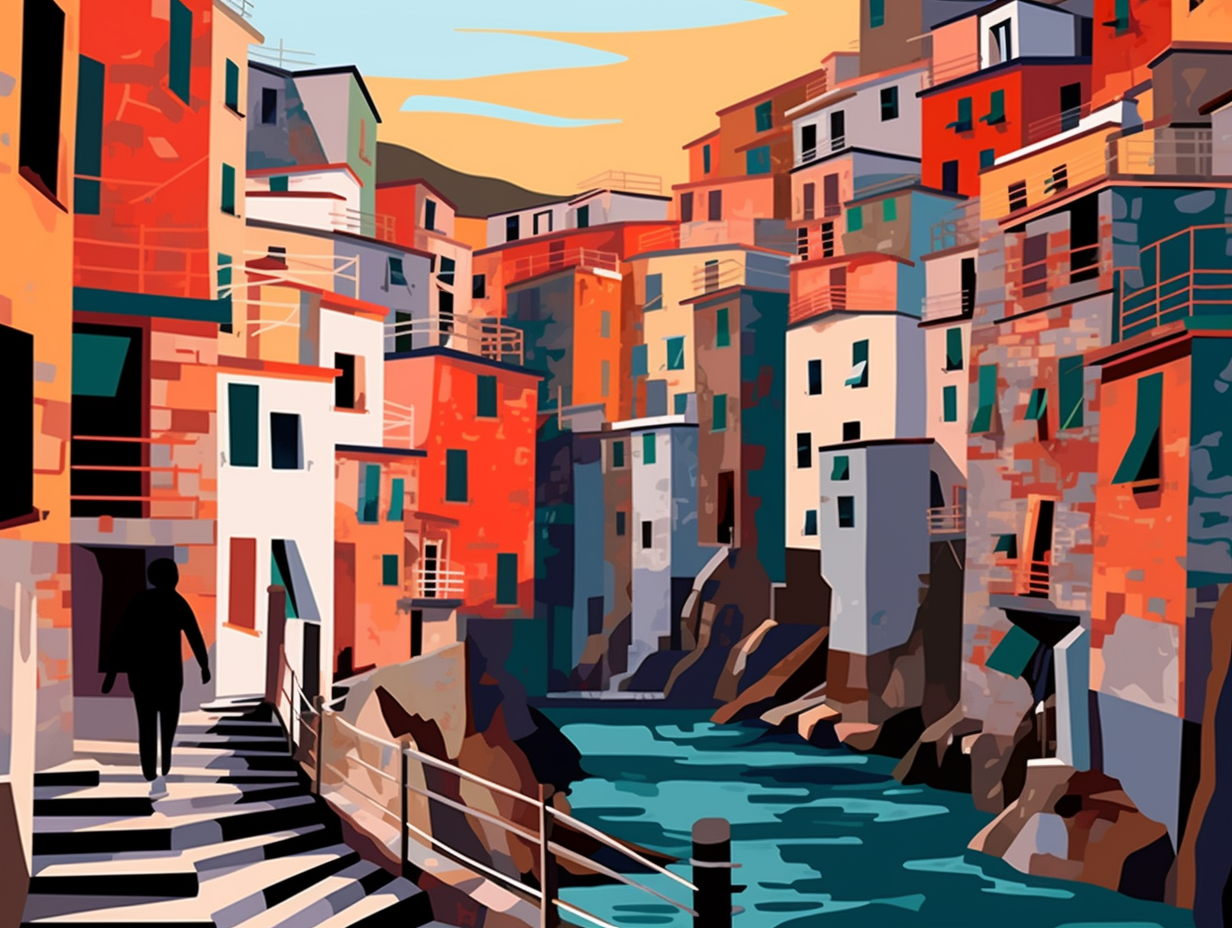12 Amazing Fun Facts About the Taj Mahal That Will Surprise You!

1. Taj Mahal: The Luxurious Boy Band
If the Taj Mahal were a luxuriously rhythmic boy band, they'd serenade you with breathtaking tunes and enchanting high notes of architecture: Turns out the Taj is actually a complex with numerous structures – including the main tomb, a mosque, and a guest house – all made of white marble and intricately inlaid with semi-precious stones.
Source => history.com
2. Shah Jahan's Ambidextrous Architectural Appetite
You know what they say about not letting the right hand know what the left hand is doing? Turns out Shah Jahan must have been ambidextrously busy: While he didn't kill the architects and designers of the Taj Mahal as speculated, he was quite occupied commissioning numerous breathtaking monuments across his kingdom, proving size does indeed matter.
Source => timetravelturtle.com

Did you know that the Forbidden City is home to over 3,500 dragons just in Taihe Hall alone? These fearsome creatures reign supreme in this legendary palace, even outnumbering pigeons at a crumb convention! Discover the incredible extent of their dominance and where they're hiding in plain sight.
=> Fun Facts about The-Forbidden-City
3. Taj Mahal's Pearly White Smile
Who needs a "white Christmas" when you've got the Taj Mahal's dazzling snow-white marble? This monumental building has been rocking its pearly whites since the 17th century, thanks to some exceptionally high-quality stone: Makrana marble, which boasts a whopping 98 percent calcium carbonate content, is highly resistant to water seepage, and comes with a seriously mesmerizing sheen. This enchanting marble variety is adored by sculptors and architects globally, with export destinations including the Persian Gulf countries, the European Union, Southeast Asia, Canada, Pakistan, and Russia.
Source => en.wikipedia.org
4. Abdul-Haq: Rockstar Calligrapher
Stairway to Heaven or a calligraphic jam session? Abdul-Haq, the rockstar calligrapher of the Persian literary scene, took Quranic lyrics to the next level at Shah Jahan's monumental gig, the Taj Mahal: Scripting them in the fantabulous 'thuluth' style, Abdul-Haq laid down the edgiest verses on and around the mausoleum, in herringbone-inlaid white marble panels and cenotaphs, leaving spectators speechless with this perfect fusion of art and architecture.
Source => tajmahal.gov.in

5. Dumbo's 1000 Construction Cousins
Who would have thought that Dumbo had over 1,000 relatives working in construction? It turns out, pachyderms make excellent movers and shakers: Over 1,000 elephants were employed to transport building materials for the Taj Mahal, which took 22 years to build and involved over 20,000 craftsmen and artisans from around the world, including calligraphers from Syria and Persia and stone carvers from Bukhara.
Source => visual-arts-cork.com
6. Taj Mahal's Heavenly Rock Show
Imagine if heavy metal concerts were replaced by melodious Islamic prayers echoing through the air: that's the jam session you'd experience at the Taj Mahal! Surrounded by red sandstone walls with gazebos, galleries, and towers, this majestic structure symbolizes the boundaries of Paradise as described in the Koran – a heavenly rock show crafted by the Mughals.
Source => pbs.org
7. Gardener's Whole World in Quadrants
Legend has it that the Taj Mahal's gardener once sang, "I've got the whole world in quadrants, I've got the whole wide world in quadrants!" That's probably because the gardens are not just the epitome of symmetry, but also represent the four rivers of paradise in Islam: The gardens are divided into four equal parts with channels flowing through each, symbolizing the deceased being refreshed in paradise and emphasizing the importance of well-being in Islamic culture.
Source => wonders-of-the-world.net
8. Taj Mahal's Stone Bouncer Lineup
If you've ever daydreamed about entering a pearly paradise with all the trimmings, the Taj Mahal's Great Gate delivers with an impressive lineup of bouncers that just happen to be made of stone: Behold the Darwaza-i-rauza's unique architectural feature – 11 identical chhatris forming a gallery, topped off by two towering guldastas, like heaven's bounciest balloons calling the party to order. No other gateway in the complex boasts such a majestic formation, symbolizing a passage from the earthly courtyard to the spiritual nirvana of its gardens.
Source => wonders-of-the-world.net
9. Jai Singh: Logistics Maestro
When Jai Singh wasn’t too busy cracking open a cold one with his buds, he moonlighted as a logistics maestro for the Taj Mahal construction: Turns out our witty king provided stone masons and carts for transporting marble from the Makrana mines to Agra between 1632 and 1637, helping build both the Taj Mahal and Shah Jahan's additions to the Agra fort simultaneously.
Source => testbook.com
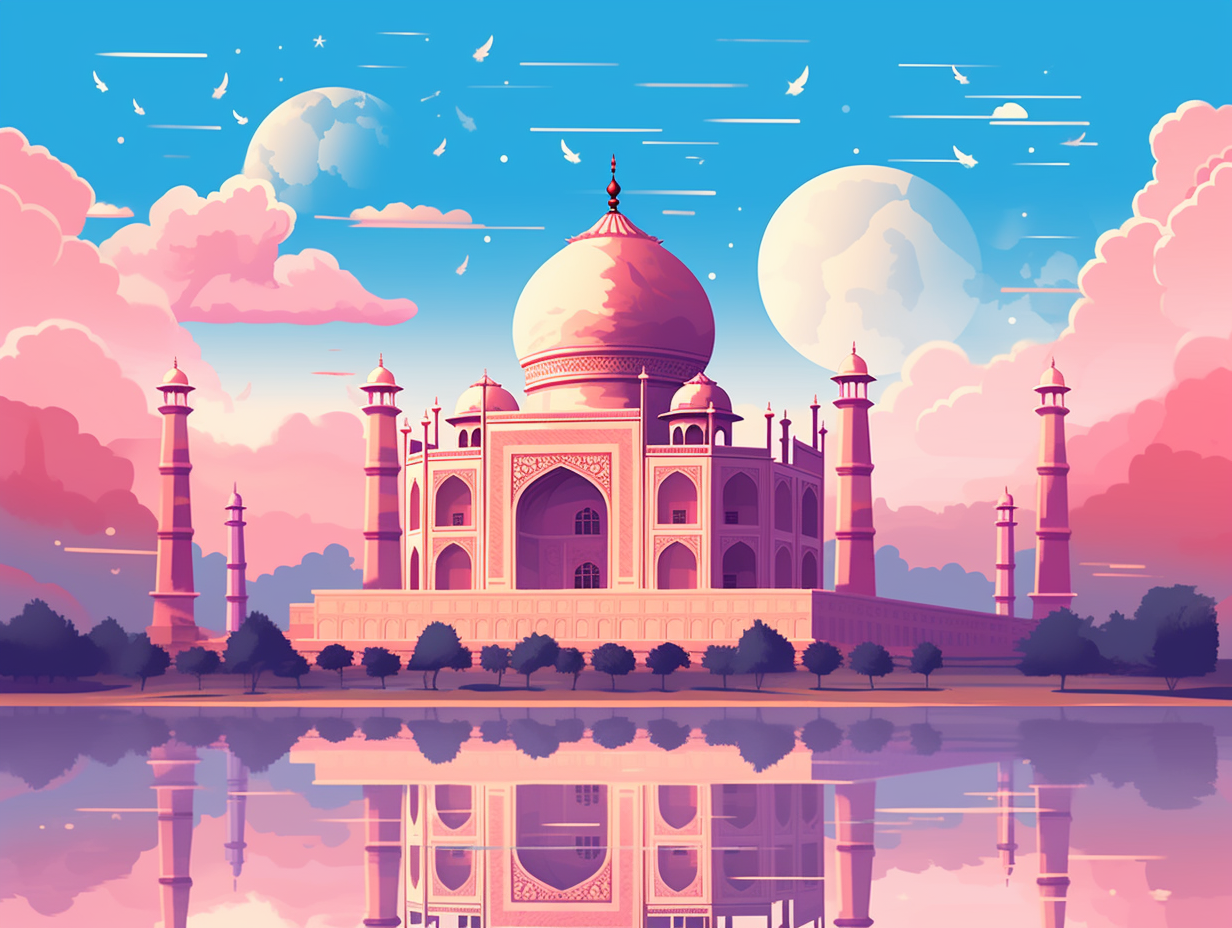
10. Taj Mahal's Scripture-Spewing Walls
If the Taj Mahal's walls could talk, they'd be spewing scripture: The iconic mausoleum is decorated with Arabic calligraphic inscriptions from the Quran, penned by Persian calligrapher Amanat Khan, which touch upon themes of judgment, reward, and paradise – ensuring every visitor gets a dose of divine wisdom.
Source => wonders-of-the-world.net
11. Elephants: Taj Mahal's Exotic Material Movers
When 1000 elephants walk into a bar, they're not just looking for peanuts: they were actually the mighty fleet responsible for transporting marble and exotic stones from across India and central Asia to build the Taj Mahal, showcasing a stunning blend of Persian, Turkish, Indian, and Islamic architecture, and embellished with 28 different precious and semi-precious stones.
Source => tajmahal.gov.in
12. Operation Dumbo Drop: Taj Mahal Edition
Who needs trucks when you've got tusks? The Taj Mahal's construction crew was a real-life Operation Dumbo Drop: More than 1,000 elephants were used to transport materials for the iconic mausoleum. This labor-intensive love letter from Shah Jahan to his wife Mumtaz Mahal took a whopping 22 years and 20,000 workers to complete. But alas, poor Shah Jahan's heart probably ached more than his back, as he likely never visited the Taj Mahal again after being imprisoned by his power-hungry son at Agra Fort.
Source => nationalgeographic.com

